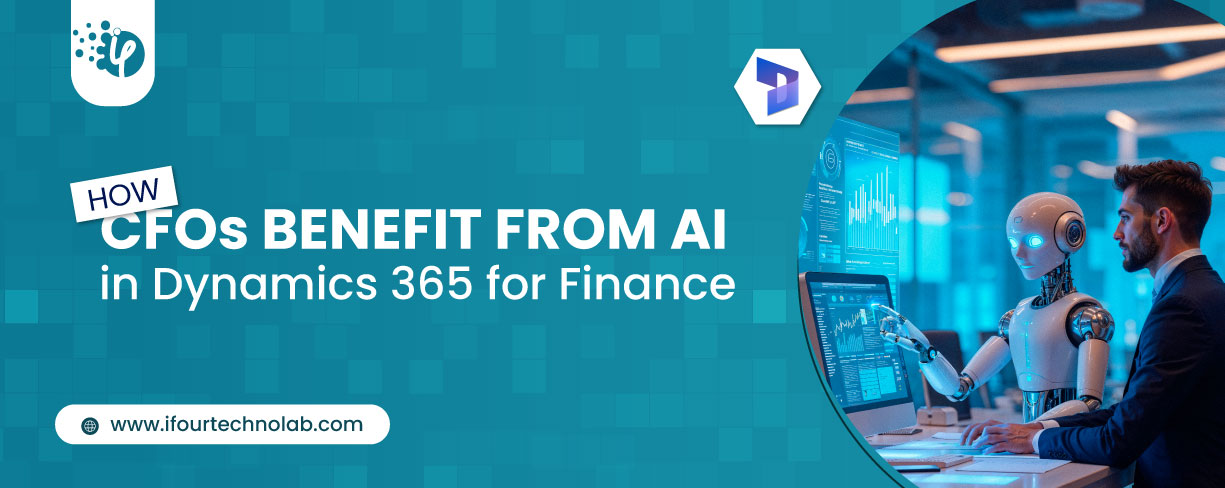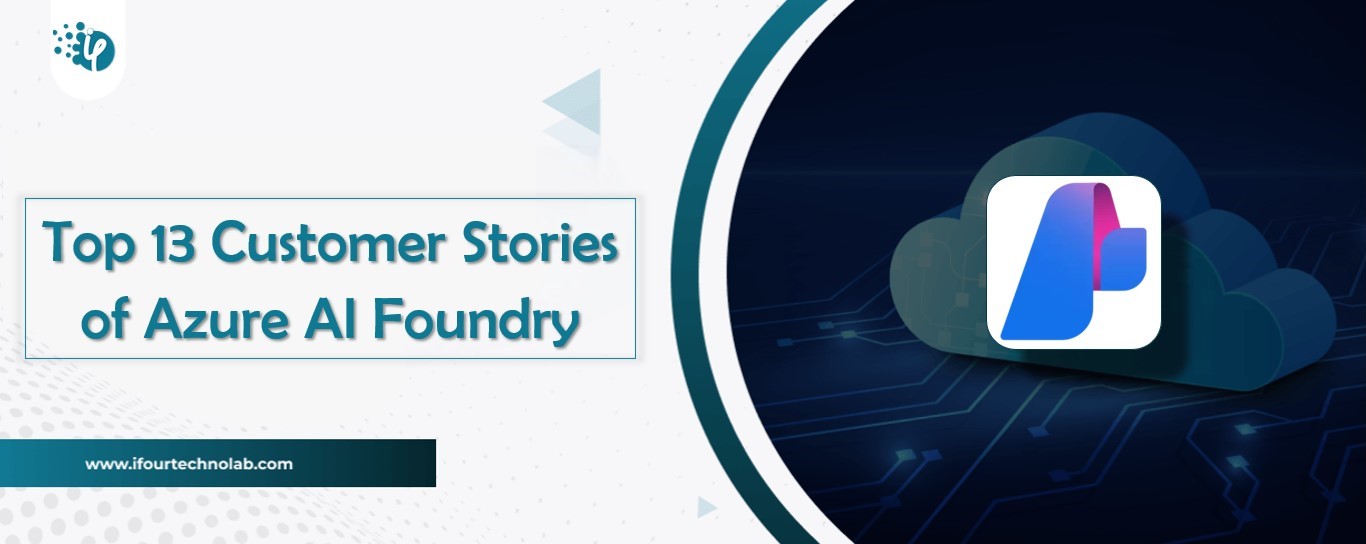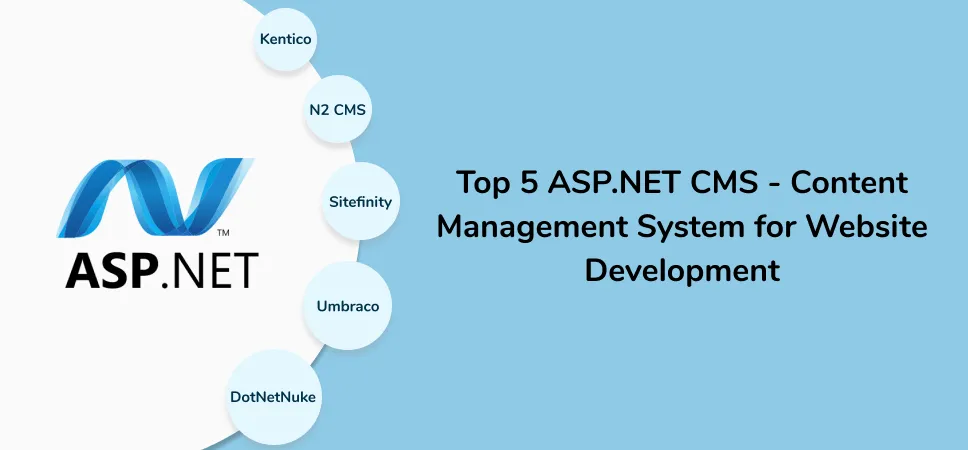Node.js is an open-source, and cross-platform, runtime environment that is widely and more preferably used platform for efficient, reliable, secure, and effective application development by eminent Node.js Software development companies globally. In 2009 Node.js was initially written by Ryan. In the beginning, Node.js first release was supported only Linux and Mac OS X. On 8 November, 2009, the project was demonstrated at the inaugural European JSConf by Ryan Dahl. The Node.js combined Google’s V8 JavaScript engine, an event loop, and low-level I/O API. A package manager was introduced for the Node.js environment called npm in January 2010.
Node.js was written in C++ and built upon Google Chrome’s V8 runtime. Node.js runs on various platforms like Linux, Unix, Windows, MacOS X. Node.js providing asynchronous and event-driven APIs Microsoft and Joyent together implemented a native Windows version of Node.js in June 2011. Fedor Indutny started io.js, a fork of Node.js in December 2014.
























